FOR ALL AGES
For those of us still getting the hang of the whole home-schooling thing, science can often be the most overwhelming - where do we start? We've put together a list of easy activities you can do with under-fives that are safe, cost-effective and most importantly great fun. These activities will help you introduce some simple scientific principles, and we've made sure you'll find most of what you need in your kitchen cupboards.
These science investigations and experiments will be sure to spark the creativity of your mini Einsteins and start them asking questions about how things work. Don't worry if they don't grasp the scientific meanings quite yet, the most important thing at this age is to get them excited about science. The activities below tie into your Science EYFS (Early Years Foundation Training) and will help develop your child's skills in prediction, observation and critical thinking, and get you off to a flying start for primary school science lessons. Even though they're aimed at early years, we think lots of these experiments and activities are great fun for older children too, so it's a great way to get the whole family involved.
You Will Need: Kitchen roll, water-soluble markers, a glass of water
We bet you've done your fair share of rainbow drawings in the past few weeks, so this awesome activity is a great way to shake them up and try something new. Simply fold a piece of kitchen roll lengthways into three to make a rectangle, and colour a centimetre of one of your short edges in with rainbow colours. Dip the coloured edge of the kitchen roll into the glass of water, and watch as the rainbow magically appears.
You Will Need: A sheet of paper, scissors and some paper clips
Perfect for involving the whole family, it's great fun racing your helicopters and making bets on which one will go fastest. Just follow along with the video below to make and fold your paper pattern, add a paperclip and drop from the highest place you can reach. It's a great introduction to how things fly and will be sure to spark your child's imagination about what other flying things can be made out of paper. Add extra paper clips and some blue tack and help your little ones predict if the helicopters will go quicker or slower.
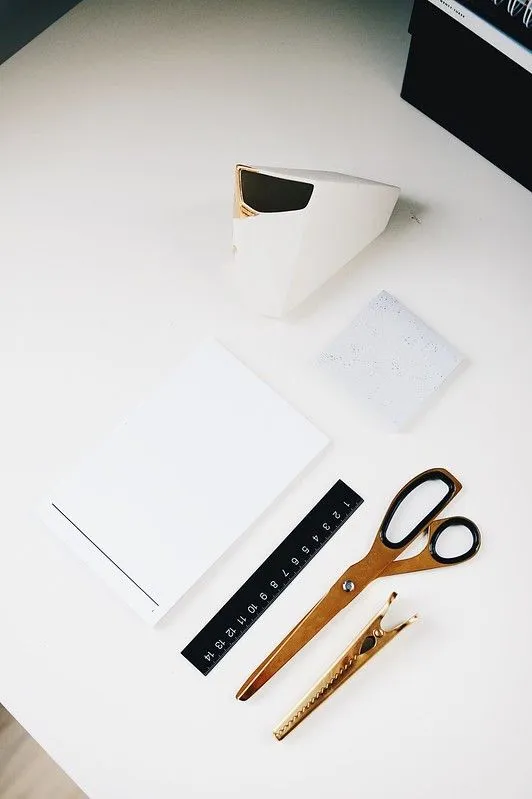
You Will Need: A handful of raisins and some fizzy water
Teach your little ones about water density with this incredibly simple science experiment using nothing but a glass of fizzy water and a few raisins.
Drop the raisins into the glass and watch them dance around. Make sure you look closely at the raisins and you'll be able to see the little bubbles stick to the wrinkles, making them look as if they've come alive!
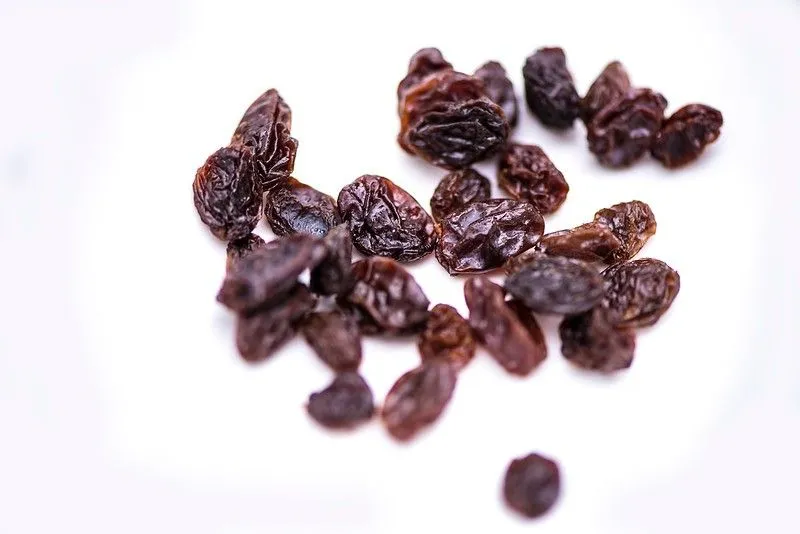
You Will Need: A bag of skittles, a plate and a jug of tap water
This science experiment will no doubt be a favourite - if only because it involves sweets!
Arrange your skittles around the edges of a plate, pour a little bit of water into the middle and watch the colours swirl into the middle and make cool multi-coloured patterns. Kiddadler Lynne says 'Coolest science lesson yet!'
You Will Need: Some old coins, an assortment of kitchen condiments - we recommend ketchup, vinegar, salty water, mayonnaise and soap but you can swap out for whatever you have available.
This is another fun science activity to get all the family involved in by taking votes on which liquid will work best at cleaning the penny.
All you have to do is pop each of your pennies into a different liquid - egg cups or little bowls are great to use for this and leave them for five minutes before taking them out and comparing which penny is the cleanest. The more acidic liquids will dissolve the oxidisation on the penny and make them look brand new. Kidaddler Becks suggests that you 'try full-fat coke - it's a great one to illustrate to the kids why this might be bad on your teeth!'
You Will Need: About 50ml of oil, food colouring and a tall glass of water
This groovy science experiment will be sure to wow your child and spark lots of questions about how it works! Drop some food colouring into your oil and mix with a spoon. You can experiment with one colour or lots for different effects.
Gently pour your oil into the glass of water, and watch as it moves around like a lava lamp. Kiddadler Amii took it up a notch, saying 'we added glitter to the mixture,' making her science experiments extra visual and sparkly. This is a great simple activity to teach your kids about liquid density and get them thinking about the differences between liquids.
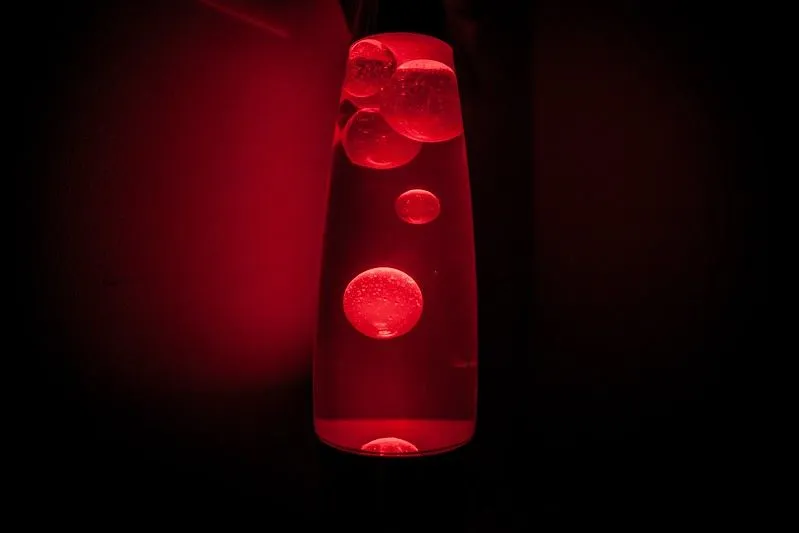
You Will Need: Celery, food colouring and a glass of water
While we can't get outside to explore nature as much as we'd like at the moment, this is a great early years science activity to learn about how plants work from indoors. Add a few drops of food colouring to water, chop off the end of your celery stalk and stand it in the glass of water. After a few days, your celery will have magically changed colour.
You Will Need: An egg and a glass of vinegar
This surprising early years science activity uses vinegar to dissolve the shell of the egg. Just put a raw egg into a glass of vinegar and wait for the shell to completely disappear. If you want to explore the differences between different liquids, you can try this experiment with a few glasses of different liquids like in the video and watch the effects.
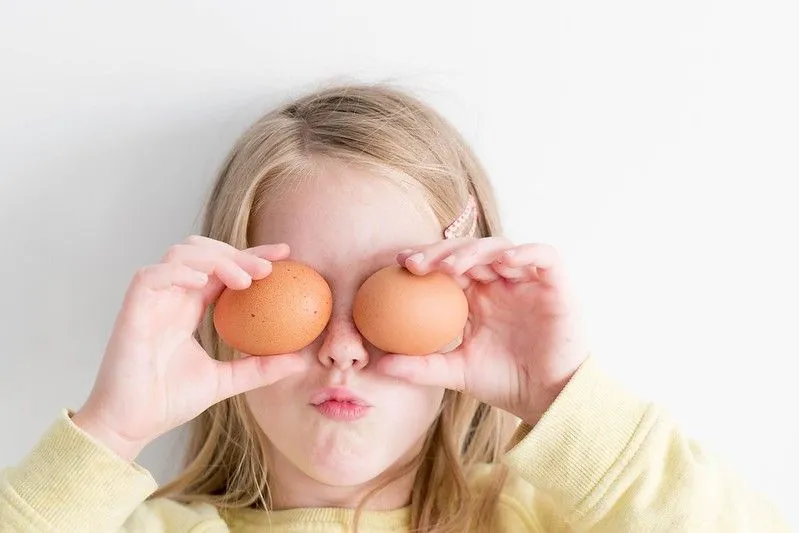
You Will Need: a muffin tray and various test items (eg. ice cube, a rock, a cube of cheese, a square of chocolate, crayons, a LEGO block - whatever you want to test)
This is a great science experiment for a hot, sunny day. All you need to do is place your items in each hole of the muffin tray and place it outside in the sun. After ten minutes, check on it and see if anything has melted. What's happened to the chocolate? Does anything look like it's changed shape but hasn't melted yet? Once you've analysed this a bit, leave it outside for another 45 minutes or so and see if anything new has melted. This simple activity is a brilliant way to learn about melting points!
You Will Need: Dish soap, milk, food colouring and a plate
This beautiful arty activity will have you and your little one gazing in wonder as the colours dance across the dish. It's a great way to teach about mixing colours together, and fun to observe how the colours are changing.
Pour a little bit of milk onto your plate and then drop a few drops of food colouring into the milk. After that, squirt a tiny bit of dish soap into the middle of the plate, and watch the colours come to life and dance around.
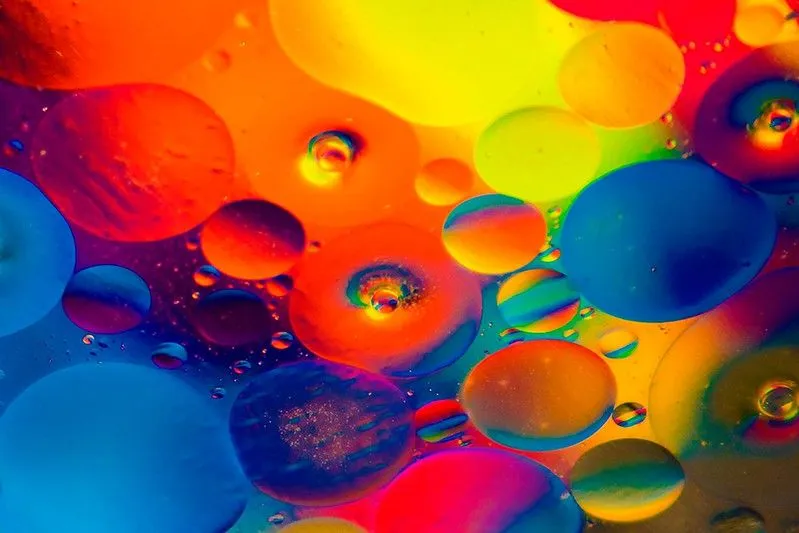
You Will Need: Flour, baking soda, eggs, butter and sugar (and a recipe!)
Our favourite science activity here at Kidadl is one that we don't usually think of as scientific - baking a cake! A great way for you to teach your mini scientist about transforming materials, and using the hot oven and baking soda to transform your batter into a cake! Just pick one of your favourite recipes, and get started. Our favourite part of this activity? You get to eat it!
Read The Disclaimer
At Kidadl we pride ourselves on offering families original ideas to make the most of time spent together at home or out and about, wherever you are in the world. We strive to recommend the very best things that are suggested by our community and are things we would do ourselves - our aim is to be the trusted friend to parents.
We try our very best, but cannot guarantee perfection. We will always aim to give you accurate information at the date of publication - however, information does change, so it’s important you do your own research, double-check and make the decision that is right for your family.
Kidadl provides inspiration to entertain and educate your children. We recognise that not all activities and ideas are appropriate and suitable for all children and families or in all circumstances. Our recommended activities are based on age but these are a guide. We recommend that these ideas are used as inspiration, that ideas are undertaken with appropriate adult supervision, and that each adult uses their own discretion and knowledge of their children to consider the safety and suitability.
Kidadl cannot accept liability for the execution of these ideas, and parental supervision is advised at all times, as safety is paramount. Anyone using the information provided by Kidadl does so at their own risk and we can not accept liability if things go wrong.
Kidadl is independent and to make our service free to you the reader we are supported by advertising.
We hope you love our recommendations for products and services! What we suggest is selected independently by the Kidadl team. If you purchase using the buy now button we may earn a small commission. This does not influence our choices. Please note: prices are correct and items are available at the time the article was published.
Kidadl has a number of affiliate partners that we work with including Amazon. Please note that Kidadl is a participant in the Amazon Services LLC Associates Program, an affiliate advertising program designed to provide a means for sites to earn advertising fees by advertising and linking to amazon.
We also link to other websites, but are not responsible for their content.
Was this article helpful?
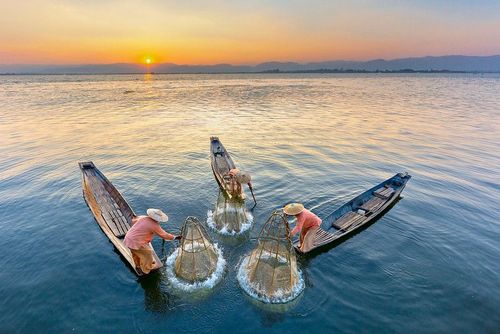
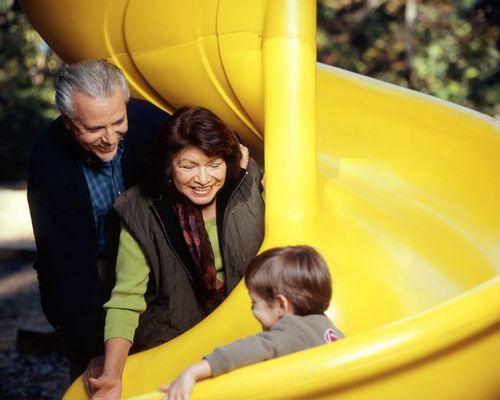
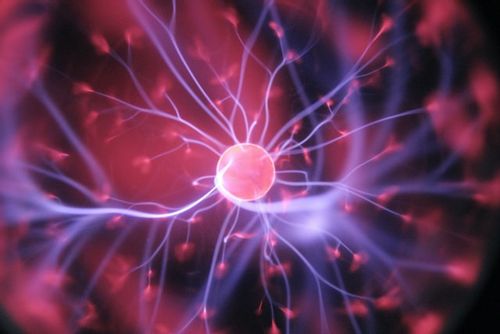
Browse Category



We’ll send you tons of inspiration to help you find a hidden gem in your local area or plan a big day out.



Check your inbox for your latest news from us. You have subscribed to:
Remember that you can always manage your preferences or unsubscribe through the link at the foot of each newsletter.